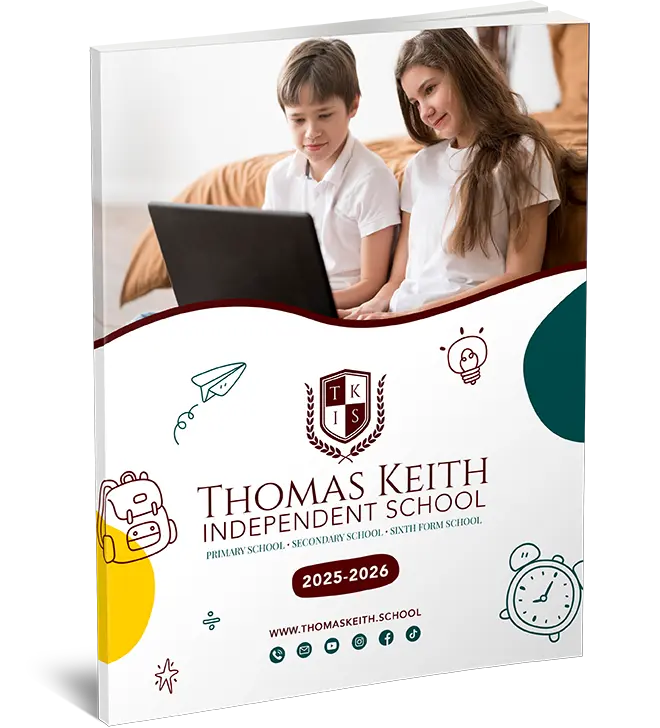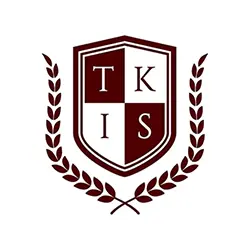Understanding the Objectives of the Key Stage 2 Maths National Curriculum
The key stage 2 maths national curriculum lays the foundation for mathematical understanding and proficiency among students aged 7 to 11. By grasping the curriculum’s goals and objectives, educators can effectively guide their teaching strategies and support students in their mathematical journey.
The Key Stage 2 Maths National Curriculum aims to develop students’ fluency in mathematical operations, such as addition, subtraction, multiplication, and division. Moreover, it seeks to enhance their problem-solving abilities and nurture their mathematical reasoning skills. By the end of Key Stage 2, students are expected to handle more complex mathematical concepts and demonstrate proficiency in using mathematical techniques and strategies.
The curriculum focuses on critical areas, including number and place value, calculations, fractions, geometry, measurement, and statistics. Students learn to work with whole numbers, decimals, and fractions, understand spatial relationships, interpret data, and solve practical problems through these topics.

Key Stage 2 Maths National Curriculum: Thomas Keith Online School excels
Maths is vital to children’s education, teaching them useful skills in many fields. UK children begin a crucial mathematical phase in Key Stage 2. This article discusses the Key Stage 2 Maths National Curriculum and how Thomas Keith Online School may help students succeed in this key stage.
The Key Stage 2 Maths National Curriculum builds on Key Stage 1 and develops pupils’ mathematical fluency, problem-solving, and logic. 7–11-year-olds study numerical operations, fractions, decimals, measurement, geometry, statistics, and algebra.
Thomas Keith Online School supports the Key Stage 2 Maths National Curriculum with interesting and thorough resources. The school’s skilled and motivated educators have created a structured curriculum linked with national standards to ensure high-quality education.
Thomas Keith Online School has a user-friendly online platform. Students have flexible access to lessons, activities, and assessments. Graphics, movies, and interactive quizzes engage students on the site.
Thomas Keith Online School customises its curriculum for each student. Online learning lets students learn at their own speed. This personalised approach ensures students comprehend mathematical principles before going on to more challenging topics, boosting confidence and achievement.
Thomas Keith Online School uses multiple approaches to help students grasp maths. These include problem-solving, collaboration, and real-world math applications. Students are taught to appreciate maths and understand its importance in life.
Thomas Keith Online School also assesses and tracks students’ progress. These tests help teachers detect student needs and intervene quickly. Individualised instruction helps pupils overcome obstacles and reach their full potential.
Thomas Keith Online School provides extra math tools and enrichment activities in addition to the basic curriculum. Interactive games, puzzles, and challenges encourage critical thinking and problem-solving. Such activities deepen math engagement and motivate pupils to go beyond the curriculum.

Thomas Keith Online School recognises parents’ importance in their children’s education. Parents receive regular updates on their child’s progress and advice on how to help them with maths at home. The school-parent partnership fosters student success.
Key Stage 2 Maths National Curriculum is crucial to a child’s mathematical development. Thomas Keith Online School is a great alternative for students who want to succeed at this level due to its comprehensive curriculum, interactive online platform, personalised training, and supplemental resources. Thomas Keith Online School gives students the mathematical skills and confidence they need to achieve academically and beyond by providing a friendly and interesting learning environment.
Strategies for Effective Implementation of the Maths National Curriculum in Key Stage 2
Implementing the Maths National Curriculum effectively in Key Stage 2 is crucial to provide students with a solid mathematical foundation and set them up for future success. Educators play a vital role in ensuring that the curriculum is delivered in a way that engages and supports students’ learning needs.
To begin with, teachers should familiarise themselves with the Maths National Curriculum for Key Stage 2, understanding its content, goals, and objectives. This knowledge forms the basis for planning and structuring lessons that align with the curriculum’s requirements. Teachers can ensure comprehensive coverage of key mathematical concepts and skills by carefully mapping the curriculum and its progression.
Differentiated instruction is another essential strategy for effective implementation. Students in Key Stage 2 have varying levels of mathematical proficiency and learning styles. By providing tailored instruction and resources, teachers can cater to individual needs and support every student’s progress. Group work, collaborative projects, and targeted interventions can also enhance student engagement and learning outcomes.
Using various teaching methods and resources is vital in keeping lessons dynamic and engaging. Visual aids, manipulatives, interactive technology, and real-life examples can help students grasp abstract mathematical concepts more quickly. Integrating practical applications of mathematics into lessons can also foster students’ understanding and appreciation for the subject, making it more relatable and relevant to their lives.

Formative assessment is a valuable tool for monitoring student progress and identifying areas that require further attention. Regularly assessing students’ understanding through quizzes, tests, and tasks allows teachers to provide timely feedback and address any misconceptions promptly. This feedback loop helps students develop a growth mindset, fostering resilience and a willingness to learn from mistakes.
Overcoming Challenges and Embracing Opportunities in Teaching the Maths National Curriculum at Key Stage 2
Teaching the Maths National Curriculum at Key Stage 2 presents both challenges and opportunities for educators. By recognising these factors and adopting effective strategies, teachers can navigate the challenges and unlock the full potential of their students.
One of the significant challenges in teaching the Maths National Curriculum is addressing the diverse range of learning needs and abilities within a classroom. Students come with varying levels of mathematical proficiency, and it can be challenging to provide individualised support to each student. However, this challenge also presents an opportunity to implement differentiated instruction strategies, such as group work, targeted interventions, and personalised resources, to cater to students’ unique learning needs effectively.
Another challenge lies in making abstract mathematical concepts accessible and engaging for students. Many students may struggle to see the relevance of mathematics in their everyday lives. However, this challenge can be overcome by incorporating real-life examples and practical applications into lessons. Connecting mathematics to real-world scenarios helps students understand the functional significance of mathematical concepts and enhances their motivation to learn.




